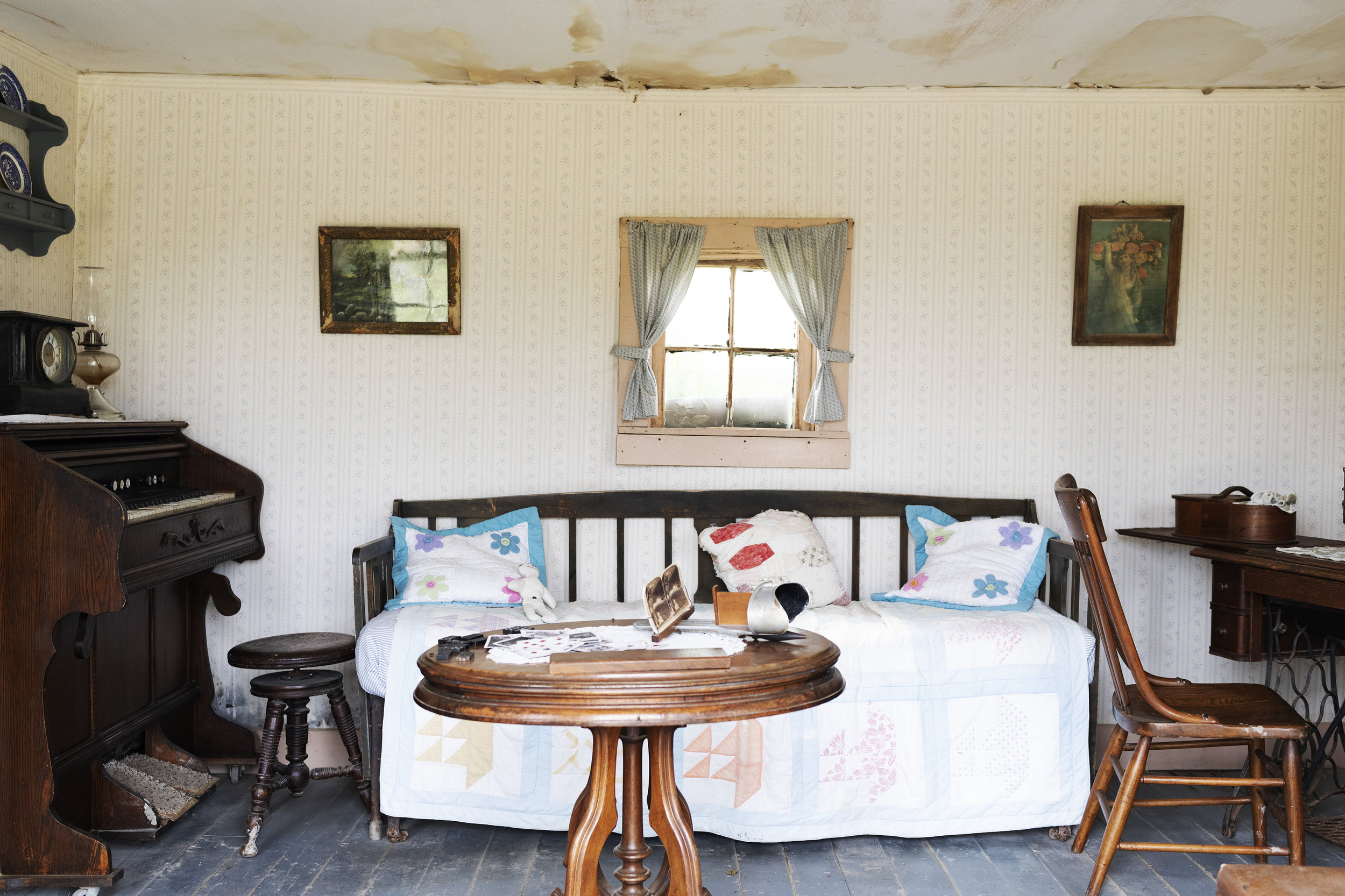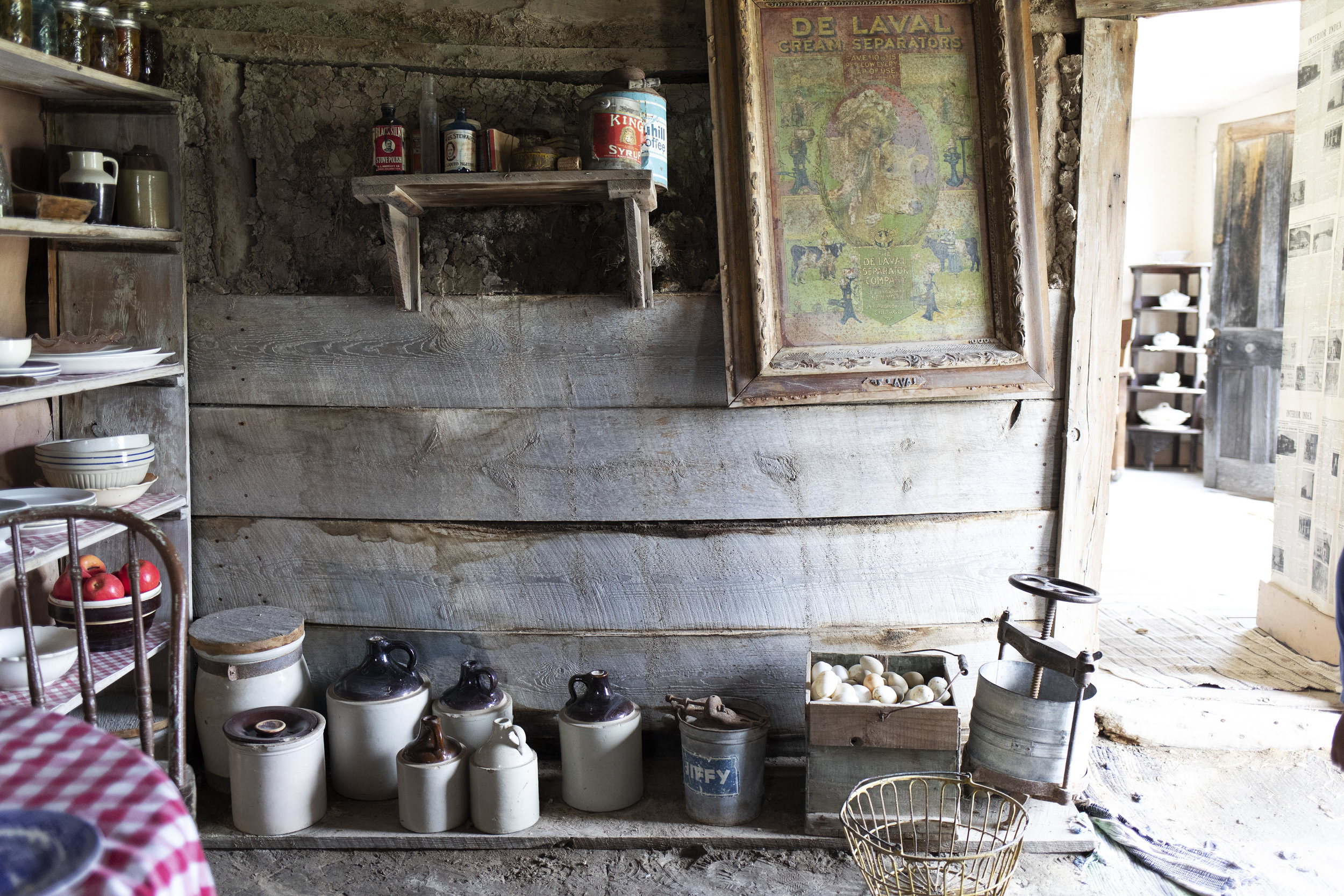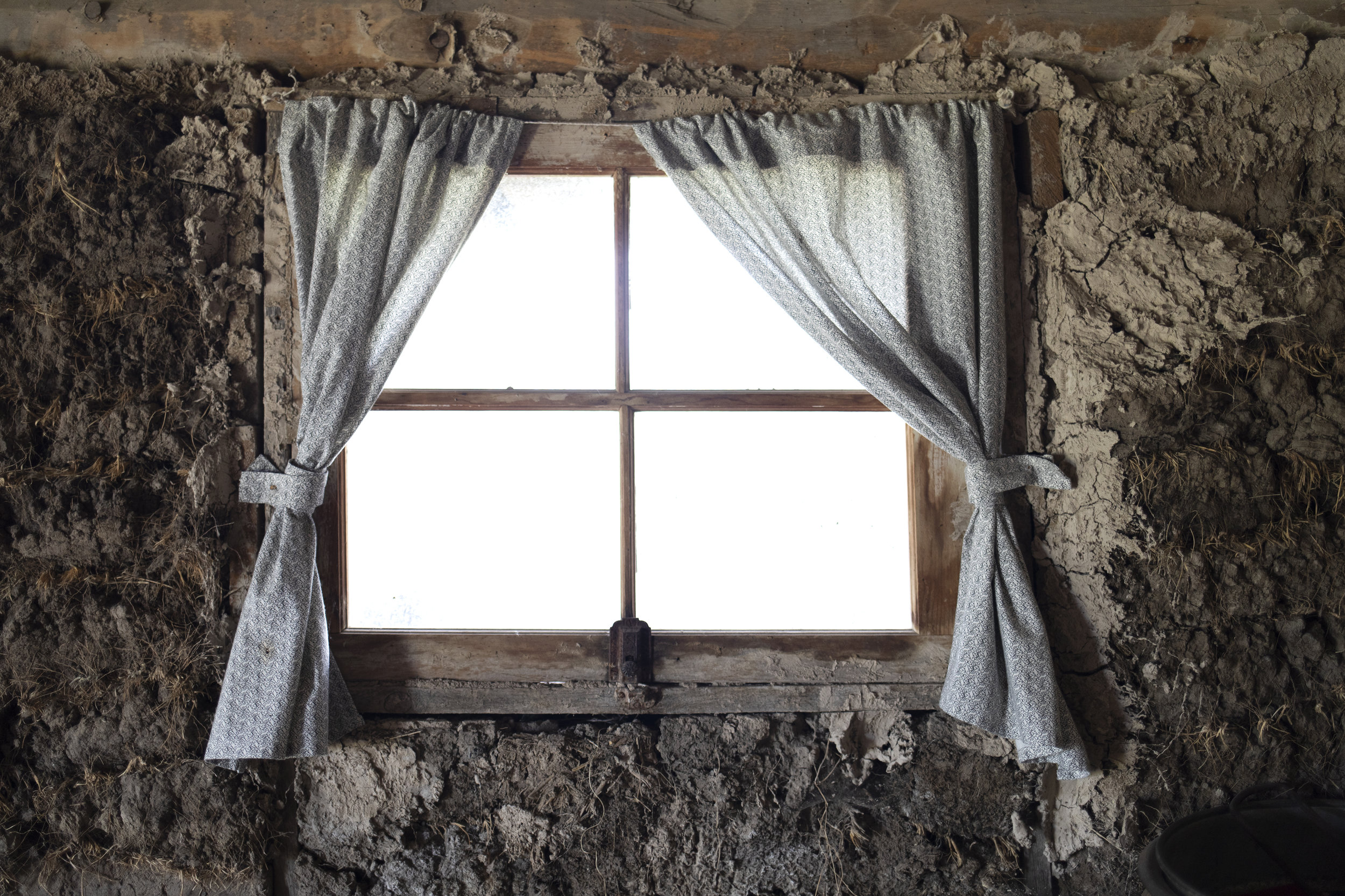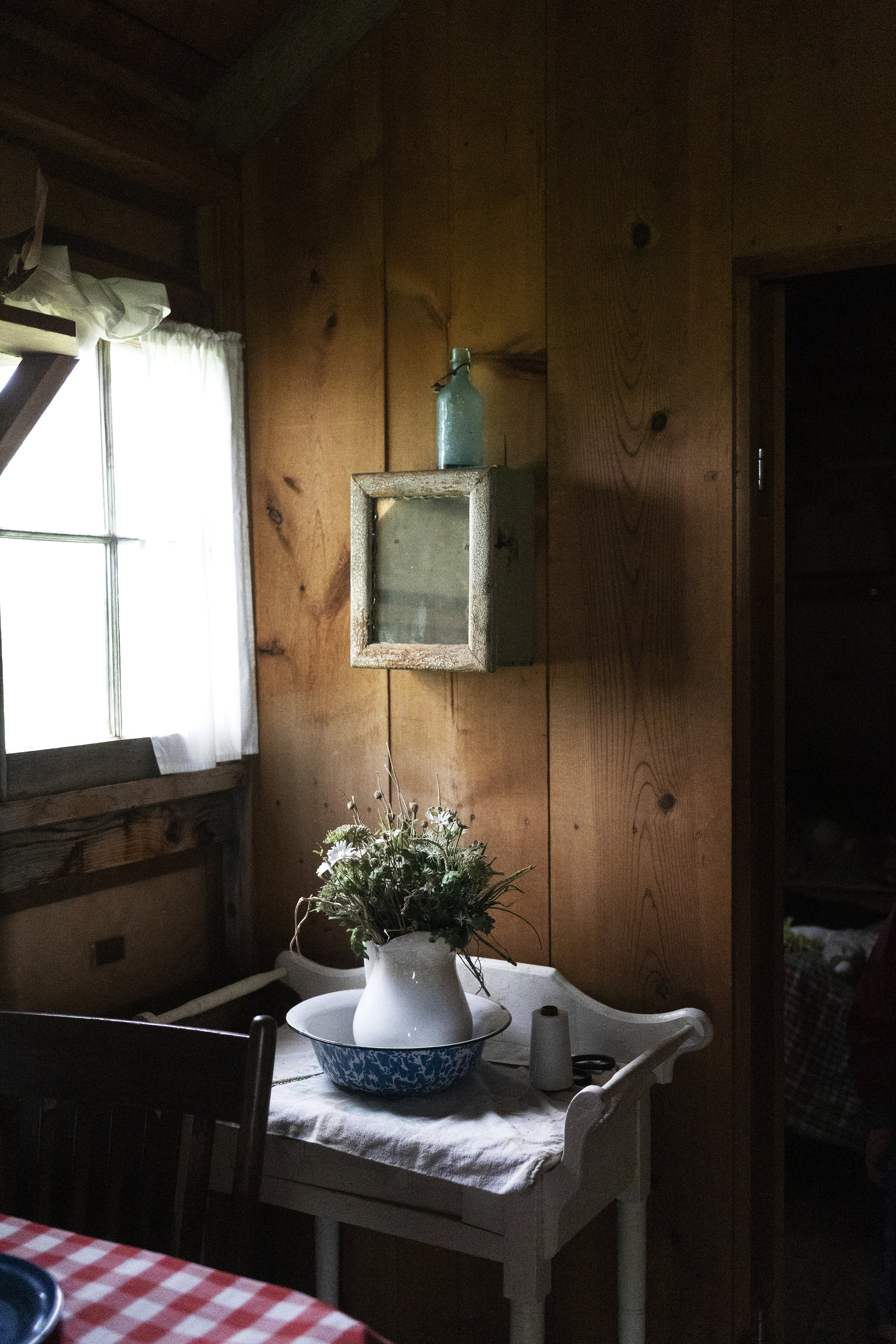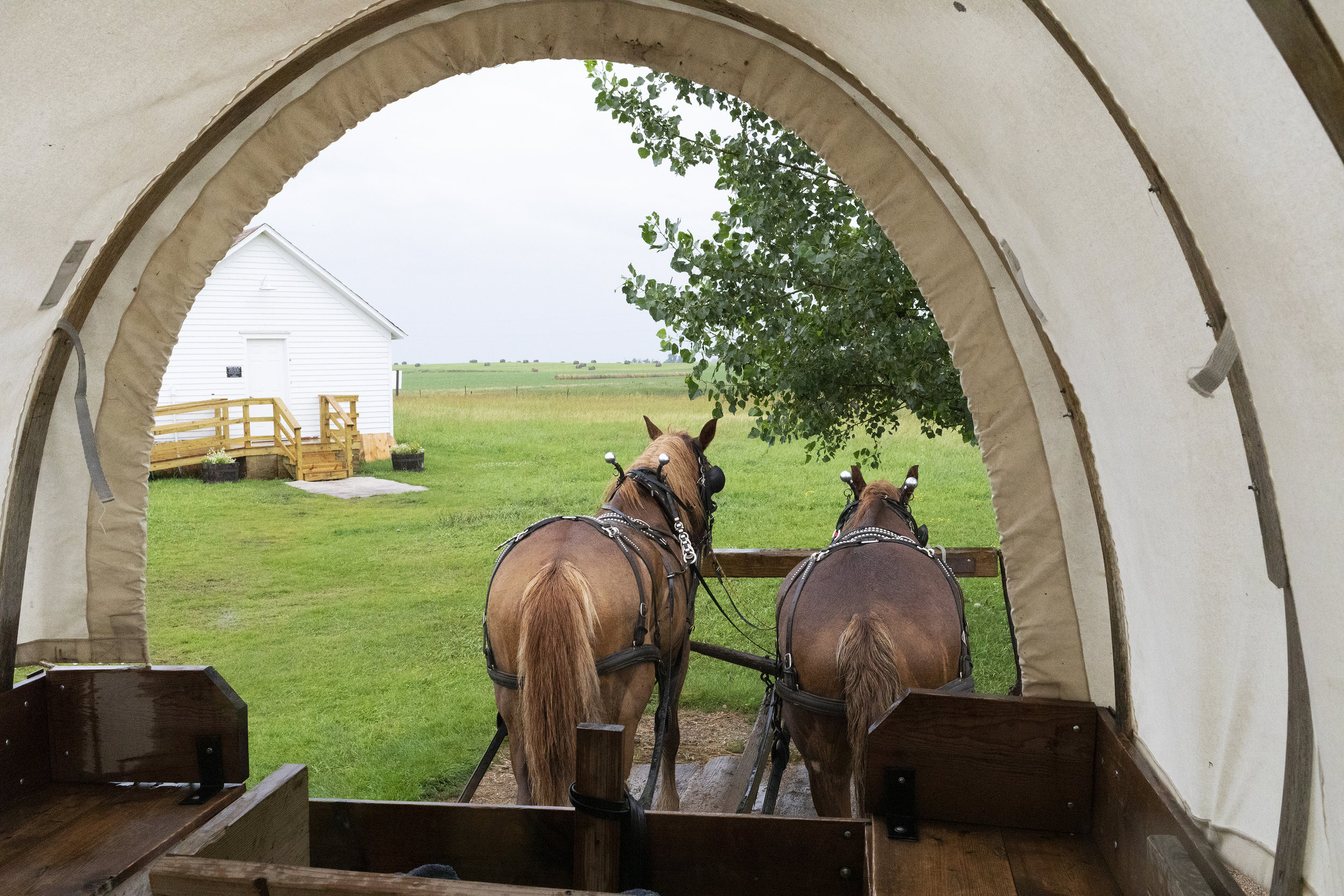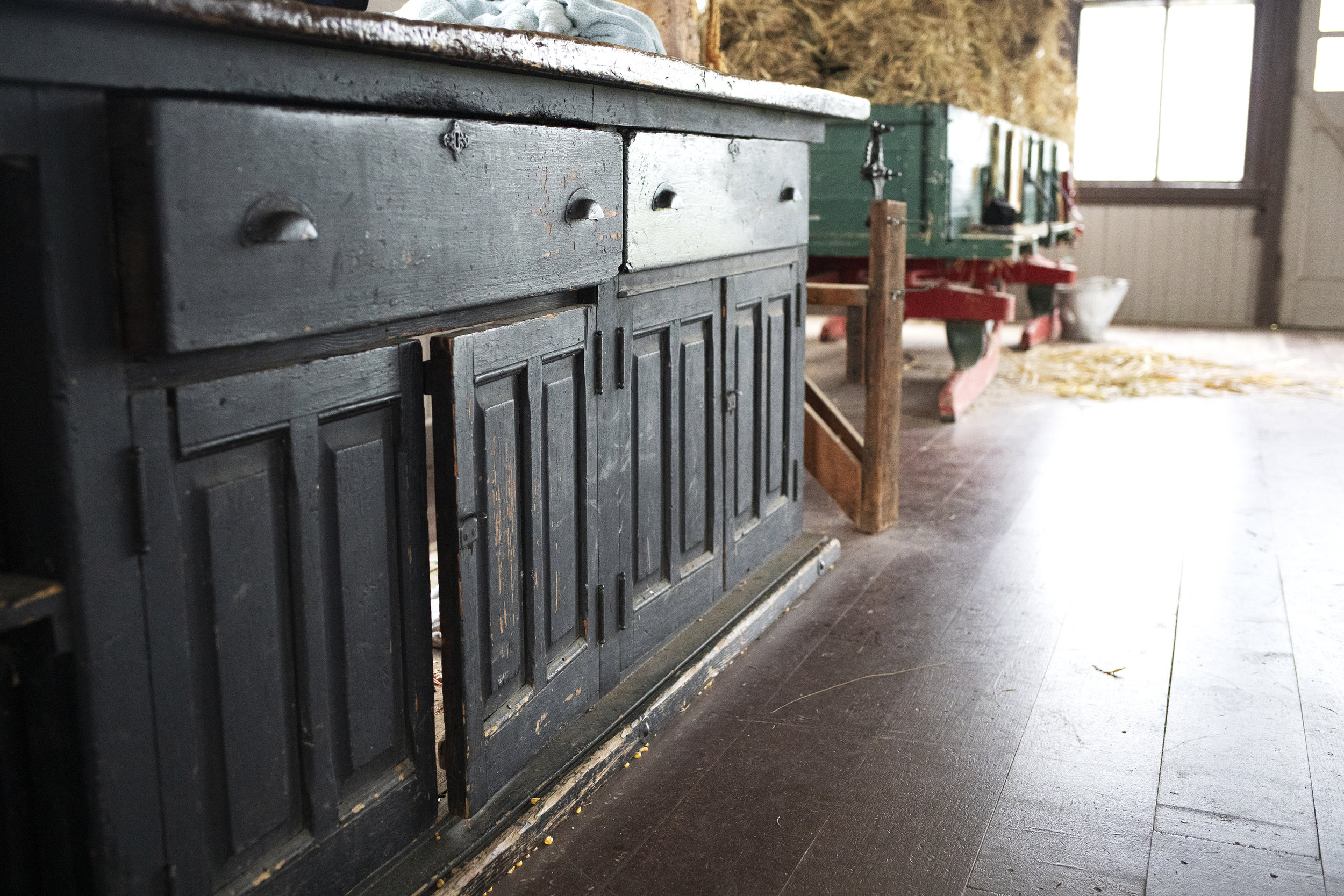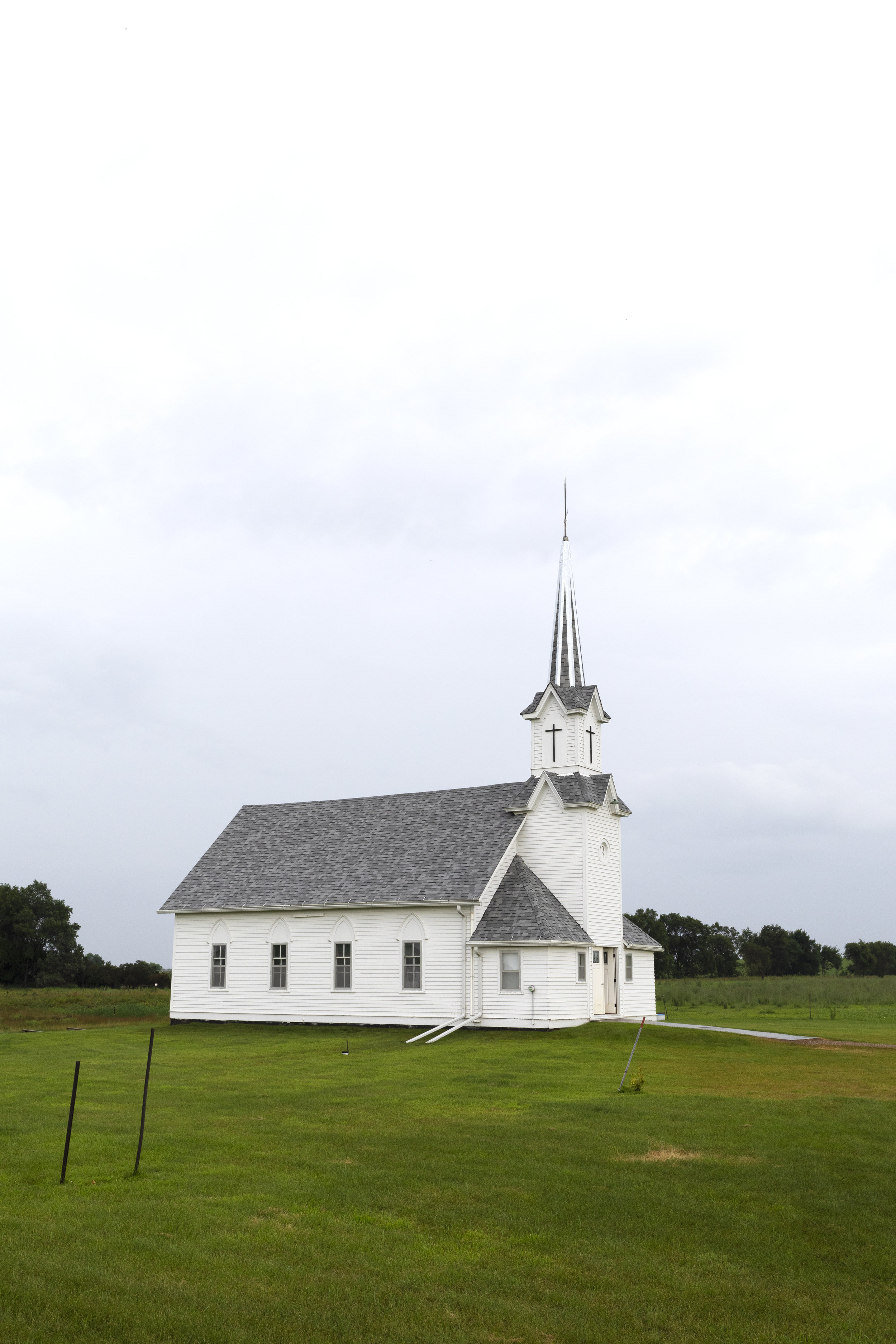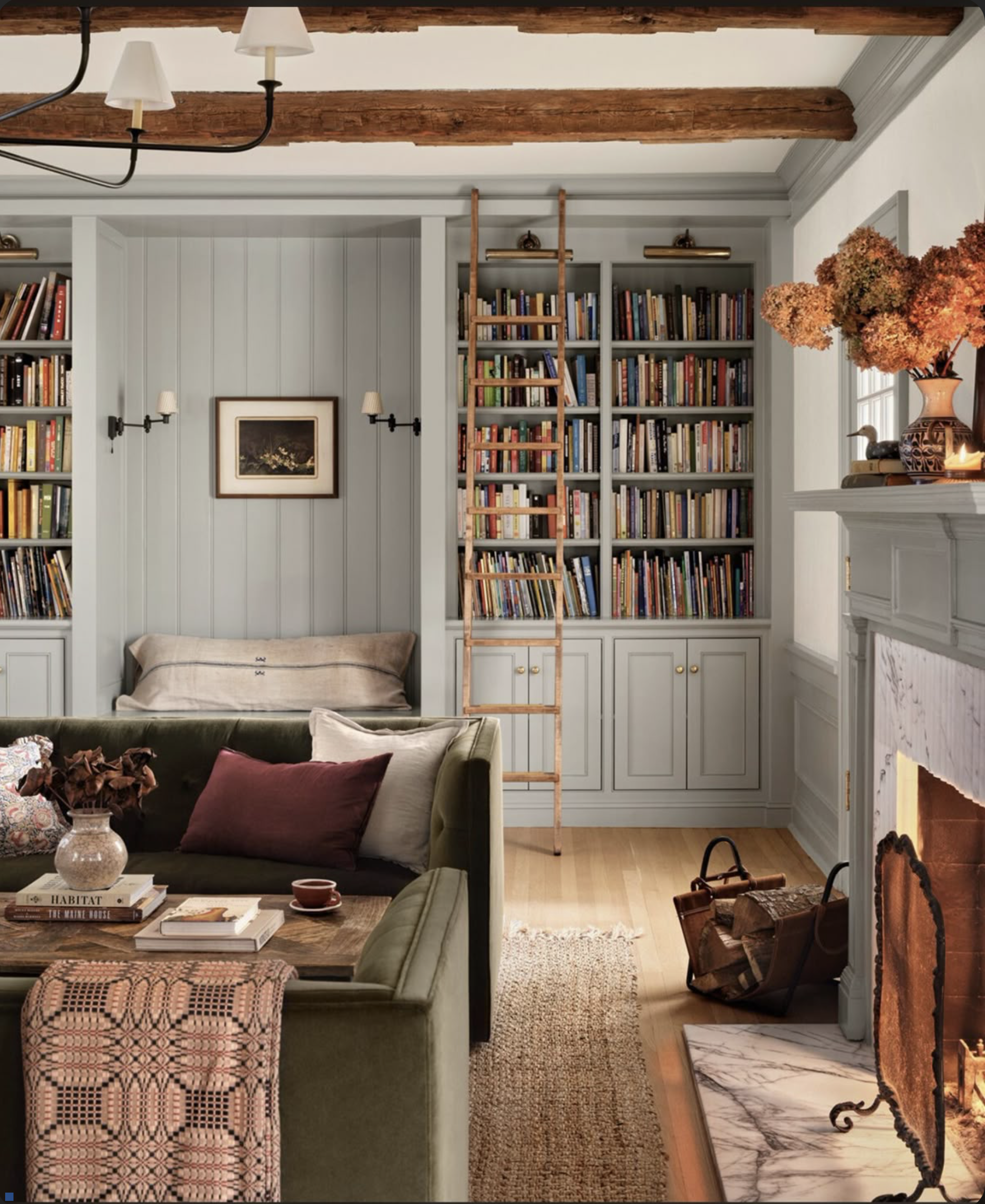A Look at the Homesteads We Toured in South Dakota
SOUTH DAKOTA
We recently got to tour some homesteads during our road trip in South Dakota and I found them fascinating. Homesteading was a crazy and unique chapter in US history! Citizens from all walks of life could trade $18 and 5 years of their lives for 160 areas of land. The houses they built were small and humble, made from materials found on the property. And it struck me that unlike today’s houses, these structures weren’t built for comfort or enjoyment, but for survival.
I have lots of photos to show you from the homesteads we toured in South Dakota, today. Included is the childhood homestead of Laura Ingalls Wilder’s (famous for her “Little House on the Prairie” novels). I hope you are as awed by these resourceful, frugal, and gritty homesteaders as I am!
Homesteading
Before I get to the photos, I wanted to provide a little context around homesteading. It’s a term we use loosely now, but back in the 1800’s it was a specific process, governed by the Homestead Act of 1862 that was signed into law by Abraham Lincoln. Citizens could claim 160 areas of land as a homesteader as long as they were 21 or the head of a house, filed a claim for $18, farmed the land, built a home, and lived on the homestead for 5 years. If they did that, the government would give them the patent to the property. (source)
Between 1862 and 1934 (the height of homesteading), 1.6 million homesteads were granted, which equaled 10% of all the land in the United States. People of all walks of life - single women, families, previous slaves, immigrants - claimed homesteads during this time. In fact, homesteading was legal up until 1976 (1986 in Alaska) in the 30 states that took part. You can lookup how many acres were homesteaded in each state here. South Dakota, for instance, granted 32% of their land to homesteaders. Washington, our home state, granted 20%. (source)
$18 Sounds pretty cheap for 160 acres of land, but homesteaders paid in other ways. They faced death, isolation, disease, severe winters, draught, locust swarms, and shifting US relations with native Americans (and the subsequent wars). All the while mastering a new way of life. Many homesteaders didn’t last the 5 years it took to “prove up” on their claim. The ones that did, changed the course of millions of families.
Okay, now for the good part! Let’s take a look at the homesteads…
prairie Homestead (Badlands, SD)
Just outside Badlands National Park in South Dakota is a Homestead that dates back to 1909 and is almost completely original. The home is now set up as a tourist stop and includes the original 3-room home, pantry dugout, outhouse, and barn. The homestead is on the National Register of Historic Places and boasts some of the original furnishings.
The magic of this homestead is in seeing how these resourceful and brave souls who traveled west to homestead actually lived. This house was originally built into the hillside as a dugout and only included the kitchen and bedroom rooms of the house (the left side of the structure). According to the brochure, the homesteaders used buffalo grass sod to construct the upper walls of the dugout. The dugout would have been cool in the summer and warm in the winter - natural HVAC! But the dugout was also dark, had dirt floors, and the bedroom had zero natural light (it looks eerily reminiscent of a scary movie set). The living room (the right side of the structure) was a deserted claim shack that was moved onto the property a few years later and tacked on. Homesteaders were sure a resourceful lot!
This next picture is from the pantry dugout, which was a separate structure from the home. Prairie dogs, mountain lions, and other animals were common so food was stored up high.
Ingalls Homestead (De Smet, SD)
The Ingalls Homestead in De Smet, SD (where Laura Ingalls Wilder lived as a teenager with Ma, Pa, and her 3 sisters) dates back to 1880, when Pa first selected the 160 acres of land as their homestead. Wilder wrote about her time here in “By the Shores of Silver Lake”, as part of her “Little House on the Prairie” series. The structure you see here was rebuilt to the original dimensions that Pa submitted on the homesteading claim documents and it was positioned on the land based on descriptions in Wilder’s novels. All of the buildings on the Ingalls Homestead you see today were either moved to site or rebuilt.
Ingalls Homestead House
Pa originally built the kitchen and two bedrooms in the left part of this structure and then added on the right half later (a living room). I was struck by how few possessions the family had and how each item had a specific purpose. And each of the homesteads we toured made room for books and musical instruments (the Ingalls had a pump organ).
Ingalls Schoolhouse
Nearby on the Ingalls homestead is an 1800s school house. We were taken to see it by covered wagon and got to sit through “class”. The school was moved to this site from elsewhere in South Dakota and I believe one of Laura’s sisters either attended or taught at this school. It’s a great example of the one-room school houses that dominated rural education in the late 1800’s.
Other Structures
Other structures on the Ingall’s homestead include a barn, dugout, shanty, wood shop, church, lookout, gift shop, and more. Here are a few photos I snapped.
The Surveyor’s House (De Smet, SD)
When the Ingalls family first came to the De Smet area in 1879, they moved into the Surveyor’s House on the shores of Silver Lake. The house was owned by Pa’s employer, the railroad company. They didn’t live here long, but Wilder wrote about her time in the surveyor’s house in “By the Shore of Silver Lake”. The home was later moved into town as part of a Laura Ingalls Wilder tour. A lot of the structure has seen repairs or upgrades over the years, but it’s been restored to what it would have looked like in the Ingall’s day. And I should note that the Surveyor’s House isn’t a homestead, but I wanted to include a few photos of it anyway.
These homesteads left me with a feeling of awe. The people that lived in them were resourceful, gritty, and tough. They could build homes, farm, play instruments, sew clothes, make toys, ride horses, hunt, butcher animals, cook and bake, and handle anything else that came up - skills that most of us don’t have anymore. And while I can’t say I’d yearn for a homesteader’s house, there’s a certain compelling beauty in these spartan abodes.






